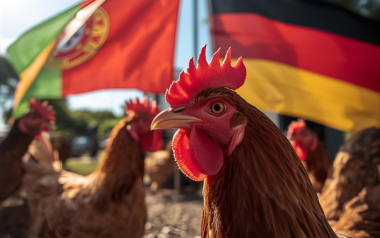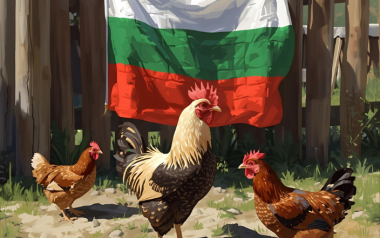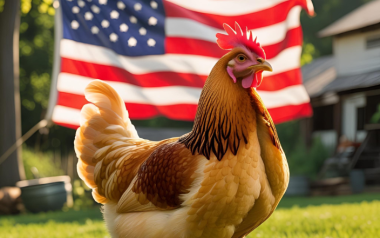Sources: Available upon request.
27 Nov 2024
AI outbreak in the Netherlands leads to culling of 23,000 birds
In November 2024, the Netherlands faced a significant challenge as an outbreak of avian influenza was detected at an organic poultry farm in Putten. This outbreak led to the culling of approximately 23,000 chickens to prevent the spread of the highly contagious virus.
In November 2024, the Netherlands faced a significant challenge as an outbreak of avian influenza was detected at an organic poultry farm in Putten. This outbreak led to the culling of approximately 23,000 chickens to prevent the spread of the highly contagious virus.
The Dutch Food and Consumer Product Safety Authority (NVWA) took swift action upon detecting the virus. The culling was part of a broader strategy to contain the outbreak and minimize the risk of transmission to other farms and wild bird populations. Femke Wiersma, the Dutch Minister of Agriculture, Fisheries, Food Safety, and Nature, confirmed that all necessary measures were being implemented in collaboration with the affected farmer.
Strict quarantine measures
In addition to the culling, the NVWA imposed strict quarantine measures in the surrounding areas. A 10-day surveillance period was established for 13 poultry farms within a 3-kilometer radius of the affected site. This included a ban on the transport of birds, eggs, and poultry products, as well as the removal of waste within a 10-kilometer zone. These measures aimed to prevent further infections by reducing contact between domestic and wild birds.
Farmers were also required to confine their flocks indoors, a precautionary step to limit exposure to potentially infected wild birds. This measure applied to both commercial and non-commercial poultry, reflecting the seriousness of the outbreak.
Broader European context
The outbreak in the Netherlands is part of a larger trend of increasing avian influenza cases across Europe. Since the beginning of the new season, there has been a notable rise in incidents, prompting heightened vigilance among European health authorities. Previous outbreaks have had devastating effects, with millions of birds culled to control the spread of the virus.
The H5N1 strain, known for its high pathogenicity, has been the predominant variant in recent cases. This strain poses a significant threat to both domestic and wild bird populations, necessitating stringent biosecurity measures.
Impact on the poultry industry
The economic impact of such outbreaks is substantial. The culling of birds, combined with transport bans and other restrictions, disrupts the poultry supply chain. Farmers face significant financial losses, and there are broader implications for food security and trade.
The Dutch government has not specified how long the current measures will remain in place, but the priority is to prevent further spread and protect both animal and public health. Continuous monitoring and rapid response are crucial in managing such outbreaks effectively.
Conclusion
The recent avian influenza outbreak in the Netherlands underscores the ongoing challenges posed by this virus. While the immediate response has been robust, the situation highlights the need for sustained vigilance and preparedness to protect the poultry industry and prevent future outbreaks.








































